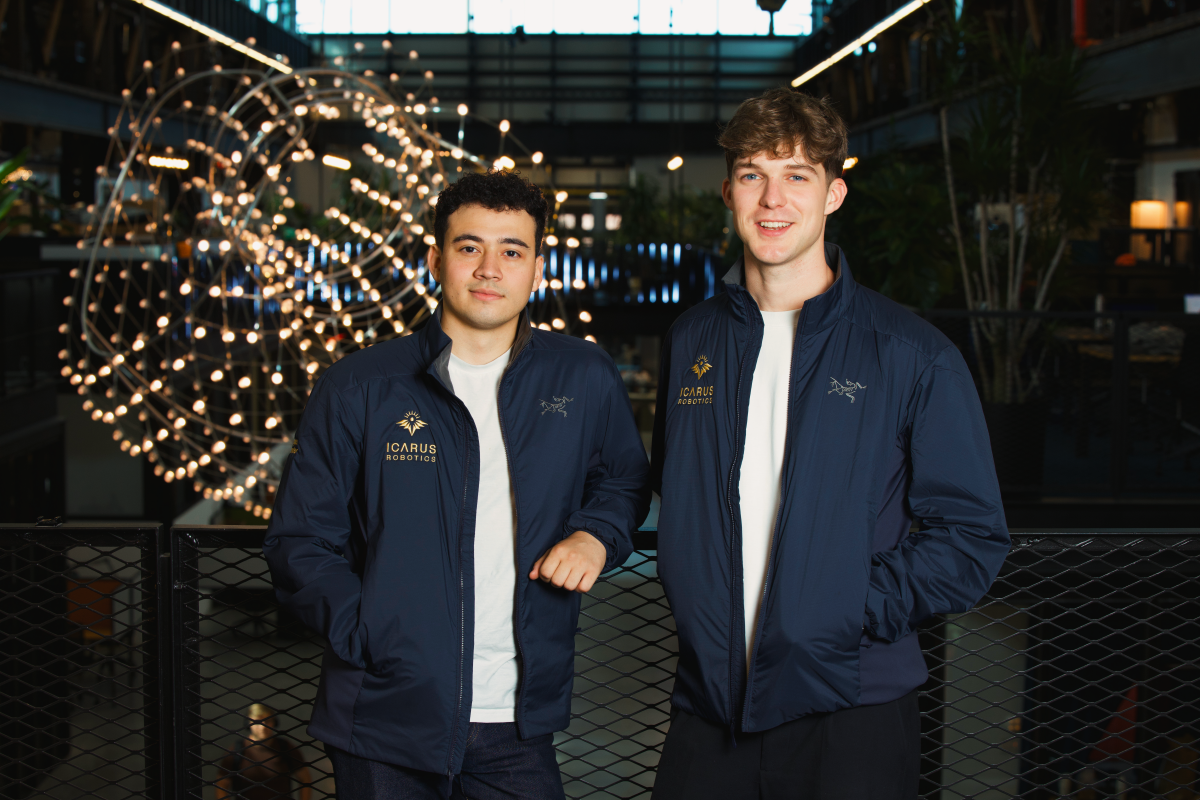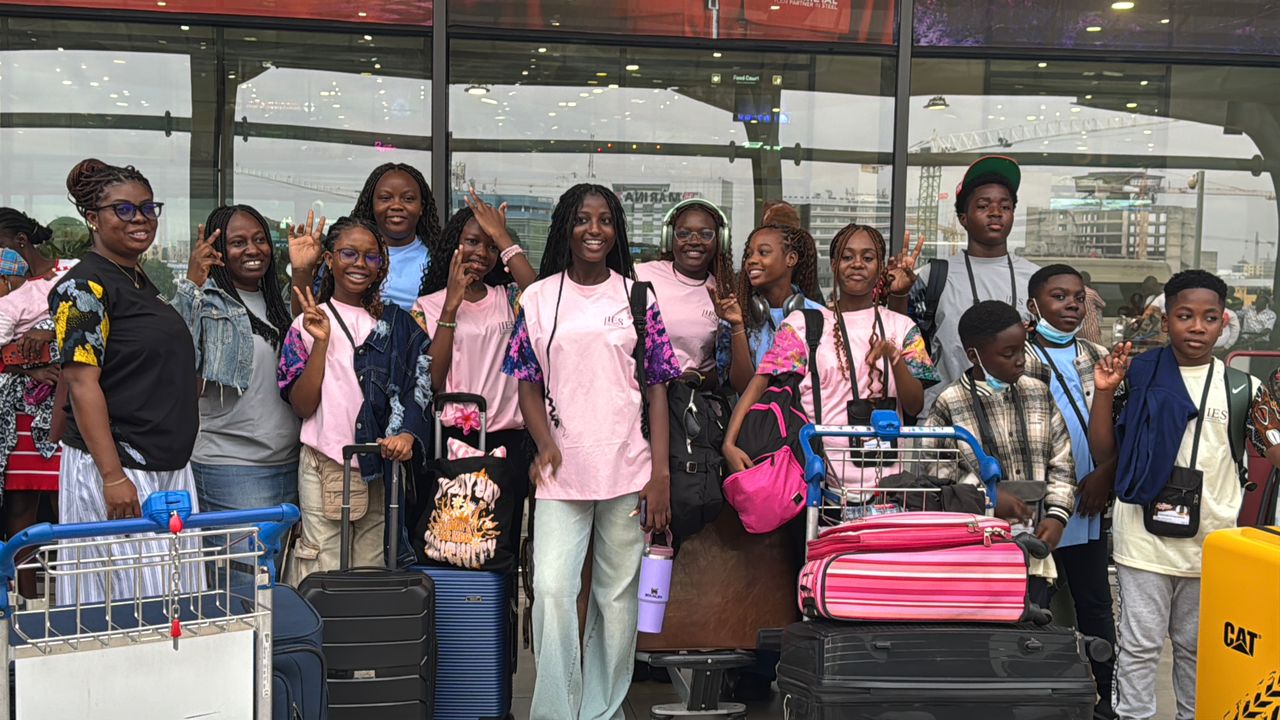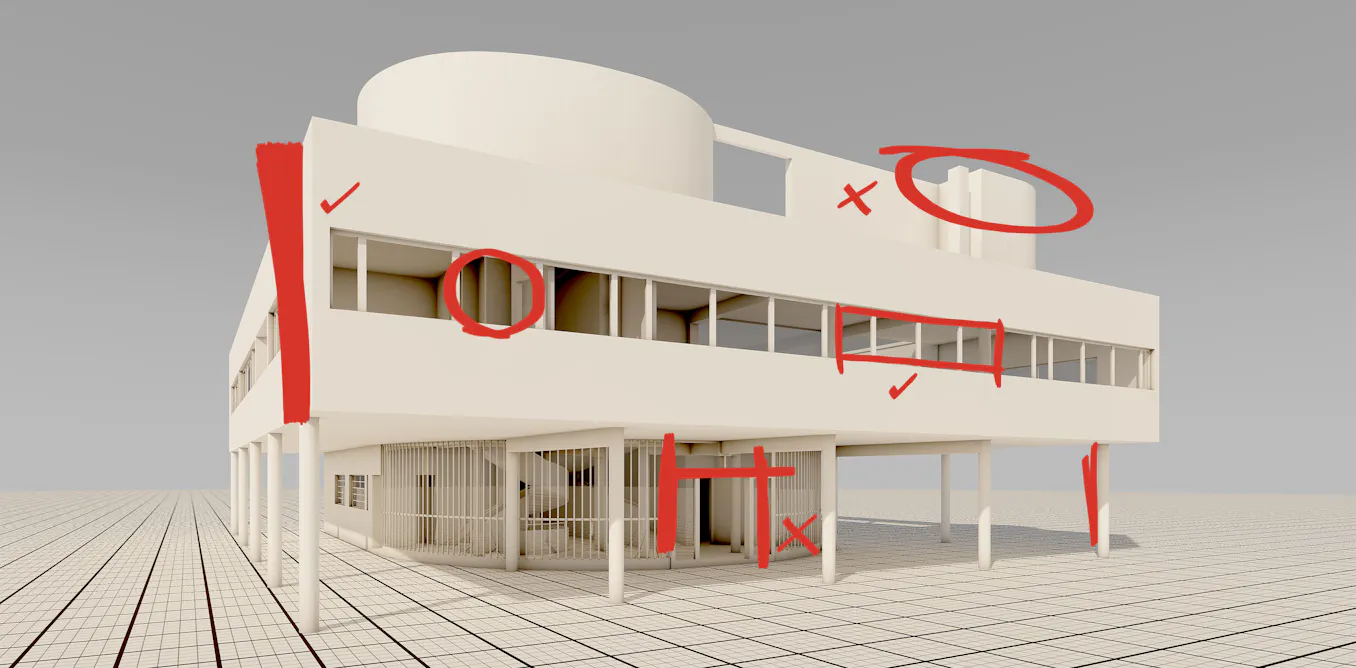
Icarus Robotics cofounders Ethan Barajas and Jamie Palmer spent hours interviewing astronauts about what it was like working in space as they homed in on their startup idea. Their big takeaway: the work was often more cargo logistics than cutting-edge science.
“We’re Amazon warehouse workers with PhDs,” one astronaut said. If an experiment takes two hours on station, the person continued, the first ninety minutes are spent just moving around cargo and preparing tools.
It’s a dismal waste of top talent. “These astronauts that are trained for two years, that come from some of the craziest military backgrounds and some of the smartest, most trained people on Earth, spend 14 days unpacking, repacking those back, just moving them around,” Barajas said.
The logistical burden is tied to cargo resupply. Every 60 days or so, roughly three-and-a-half tons of cargo arrive at the International Space Station, and all of it must be unpacked and stowed.
Barajas and Palmer, who met at the Entrepreneurs First organization, knew there had to be a better way. Their pitch: use intelligent, dexterous robots to take over these time-sucking chores. But they’re not starting with humanoid robots. Instead, Icarus is taking an iterative approach and starting with a simpler, fan-propelled robot with two robot arms outfitted with jaw grippers.
Icarus just raised a $6.1 million seed round led by Soma Capital and Xtal, with participation from Nebular and Massive Tech Ventures to get there.
The look of the first robot is a function of the tasks it will do: unpacking and stowing cargo. Palmer, who brings brings the robotics expertise to the enterprise, said that when you move to bimanual manipulation, or the coordinated use of two robotic arms at once, you can get around 80% of the needed dexterity with simple jaw grippers as with a complex anthropomorphic hand.
A lot of the science experiments astronauts perform on the ISS are also fairly simple in practice, like swapping out cartridges, which is another area a robotic labor force could come in handy.
The team recently performed a terrestrial long-distance teleoperation demo with a bimanual jaw gripper system, unzipping a real ISS cargo bag, unpacking it, and zipping it back up again. “We were able to demonstrate that you don’t need to go the whole way to hands to get meaningful dexterity at a long distance,” Palmer said.
Next up is flight testing. Icarus plans to conduct a parabolic-flight campaign in the new year, followed by a one-year demonstration on the ISS via Voyager Space, operator of the commercial Bishop airlock. The plan is to spend a year de-risking the full suite of cargo bag operations, then step into finer-grained tasks related to station maintenance, like filter and seal inspections.
The robots will be teleoperated at first, and Palmer said the ISS is one of the few work sites where you can justify having someone “behind the wheel” of the robot at all times. “The labor arbitrage margin is so big” that Icarus can have a skilled, high-paid robotic operator for a year, he said.
Icarus’ longe term plan is to build autonomy and general-purpose capability via “embodied AI.” It mirrors what’s happening in terrestrial general purpose robotics on the ground, adjusted for the physics of microgravity. This means collecting data in microgravity with a human in the loop and turning that dataset into the foundational models for on orbit robotics.
From there, Icarus aims to roll out partial autonomy where a human select “higher-level primitives,” a set of commands that’s simplified into intelligent commands like “open the bag” or “unstow the items.”
Ultimately, the goal is full autonomy for deep space locales where teleoperation isn’t viable, to complement human space activity.
“We don’t want to remove the astronauts,” said Barajas, who brings the space experience, having landed his first NASA internship at just 17 years old. “We want to augment them. We want to make the short time that they have on station as profitable and as research heavy as possible.”



